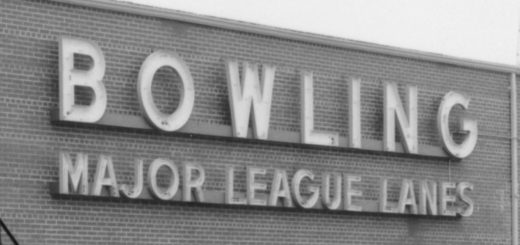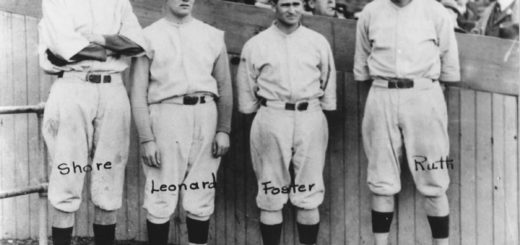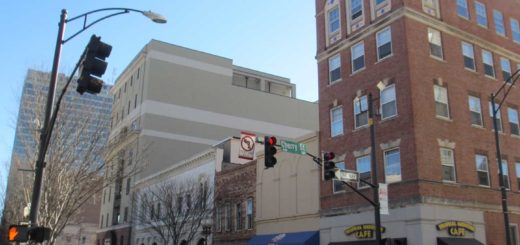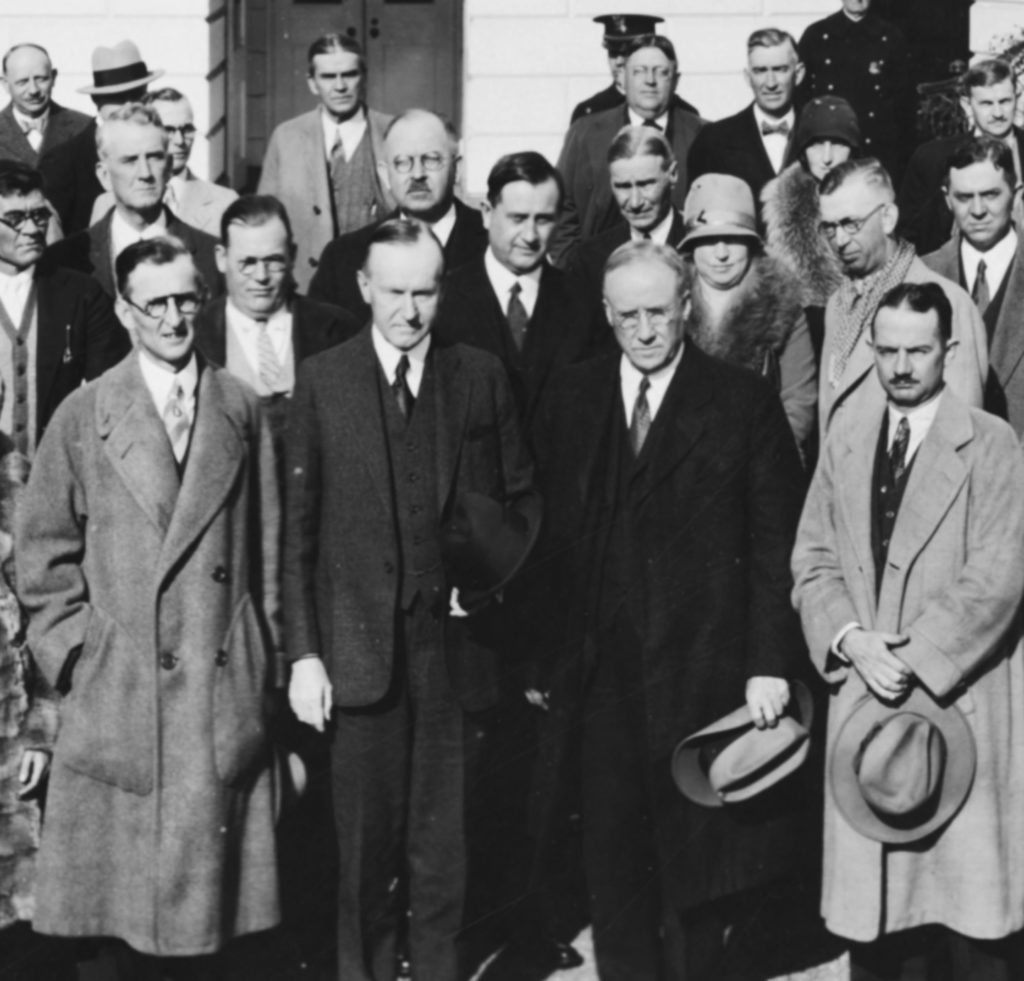
On November 19, 1927, President Calvin Coolidge stepped out of the White House, descended the steps, and greeted members of the Winston-Salem Automobile Club who had traveled three days to meet him. He briefly chatted with one of the men about the journey to Washington, then returned to his presidential duties in the White House.
The photo above shows just a portion of the group who formed a motorcade of 125 people and 31 automobiles and traveled through the Shenandoah Valley to reach Washington, D. C. on a good will tour to Virginia. Fortunately, before President Coolidge had to leave, a photographer snapped a panoramic photo of the group. The man at the president’s left is David H. Blair, Commissioner of Internal Revenue. To the left of Mr. Blair is William T. Ritter, secretary of the Winston-Salem Chamber of Commerce. The man at the right of the president is John M. Brown, president of the Automobile Club.
Car # 1 was the pacemaker car, occupied by Mr. William T. Ritter and his wife, Marjory. It was followed by two motorcycle officers, Kenneth E. Cooke and Fred D. Marshall. The R. J. Reynolds High School band bus followed, driven by T. H. Hauser. The partial band accompanied the motorcade to perform at several stops. Then came the official car carrying John M. Brown, president of the automobile club, with his wife, Roberta, and daughter, Camille. The next car was the movie camera car, followed by the press car which carried Mr. and Mrs. Worth Bacon. The other vehicles carried two or more citizens. The last vehicle in the motorcade was the service car.
The 125-person motorcade left town at 6:30 a.m. on November 17th, from Cherry Street. They turned onto Fourth Street, then to Main Street, then to Liberty Street, and out to Highway 77 toward the Virginia state line. The first stop was at Martinsville and they were met by members of the Martinsville Kiwanis Club at Ridgeway to be escorted to Martinsville, where they stopped for thirty minutes. The next stop was for lunch at Hotel Roanoke, where they were joined by the secretary of the Roanoke Chamber of Commerce and other Roanoke citizens, including former Governor Trinkle. John Gilmer, president of the Winston-Salem Chamber of Commerce and president of Motor Sales Company and Camel City Coach Company, spoke briefly and recalled when “an entire day was required to travel from Winston-Salem to Roanoke.” Before long he believed hard surfaced roads would connect the two cities.
After lunch they drove to Natural Bridge and stopped for 45-minutes, then drove to Lexington, where they visited the tomb of General Robert E. Lee and toured the campuses of Washington and Lee and V. M. I. Colleges. The next stop was Staunton where they ate dinner and spent the night at Stonewall Jackson Hotel. The 215-mile trip to Staunton was mostly driven during a drizzling rain and over slippery roads. But the warm greetings from their Virginia neighbors kept their spirits high during the journey. In fact, all along the route people gathered to catch a glimpse of the motorcade. The service car was needed for two punctures along the way.
The next morning, the students of Staunton Military Academy were scheduled to march in a special parade for the group, but the rain interfered with their plans. They drove up the valley to Harrisonburg, where they stopped at and explored the Massanutten Caverns. They ate lunch at the Shenvalee Country Club near Newmarket. They stopped briefly at Woodstock to see the caverns and for the Reynolds High School band to perform a concert at courthouse square. They were met at Winchester by a reception committee and escorted to Winchester’s new $800,000 school building, called the Handley School Building. The Reynolds High School band performed at the school. Then the group went to the George Washington Hotel where they were entertained at dinner by addresses of welcome from several citizens and stayed the night there.
On the morning of November 19th, a pilot car from the American Automobile Association met the party and escorted them into Washington. They made one stop to put new banners on their vehicles. The group toured the association building, where the band performed a concert, then assembled on the south grounds of the White House. The first person to greet the assemblage was Congressman Bob Doughton, known as “Farmer Bob.” David H. Blair, who was the Commissioner of Internal Revenue and was from Winston-Salem, was also there to greet the group. He arranged the meeting with the president. The group was received by President Coolidge and had photographs taken. The entire North Carolina delegation in Congress was invited to join the party for a visit to the White House. After the White House visit, the motorcade disbanded, with members free to return home as they pleased. Several people began a sight-seeing tour of Washington and many remained in the city for several days.
The panoramic photograph measures 9-1/4 inches tall and 34-inches long. The photograph was scanned in three parts. This is the first part, at the far left:
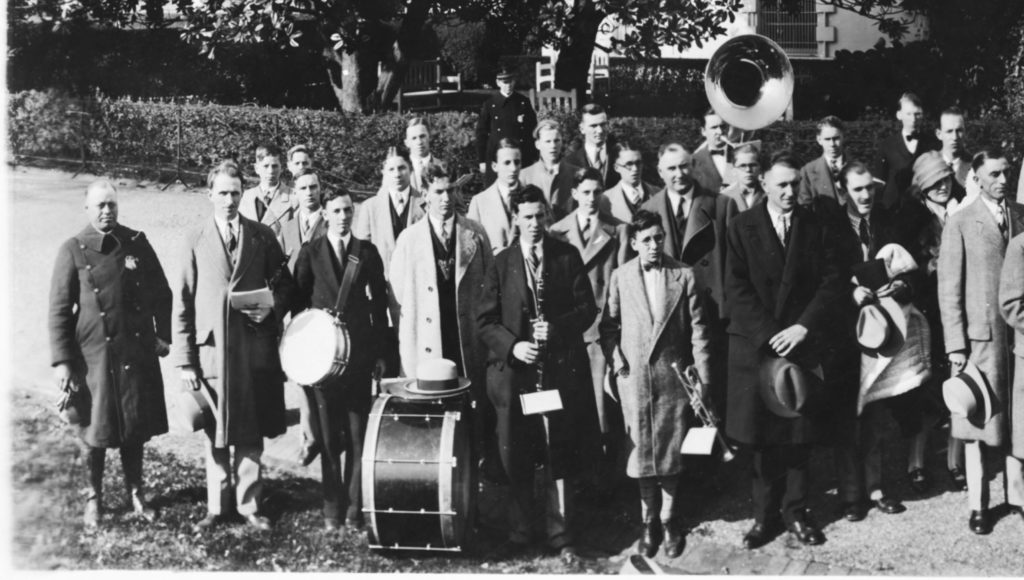
The motorcycle officer at the far left is Officer Fred D. Marshall. To his left is Professor Christian D. Kutschinski, music supervisor for the city schools. To his left are members of the R. J. Reynolds High School band. The band performed at various stops along the trip. The man in front in a dark coat, holding his hat, is Benjamin M. Cahill Jr., associated with Cahill Motors.
This is the second part of the photograph, which includes the section with President Coolidge. Mr. Luther C. Bruce is the fifth man, counting the men at the back of the photo, from the left. Mr. William H. Maslin can also be seen in this section, in addition to the others already mentioned. Camille Brown (age 13) could be the young lady standing beside her father, John M. Brown, who is standing to the right of President Coolidge.
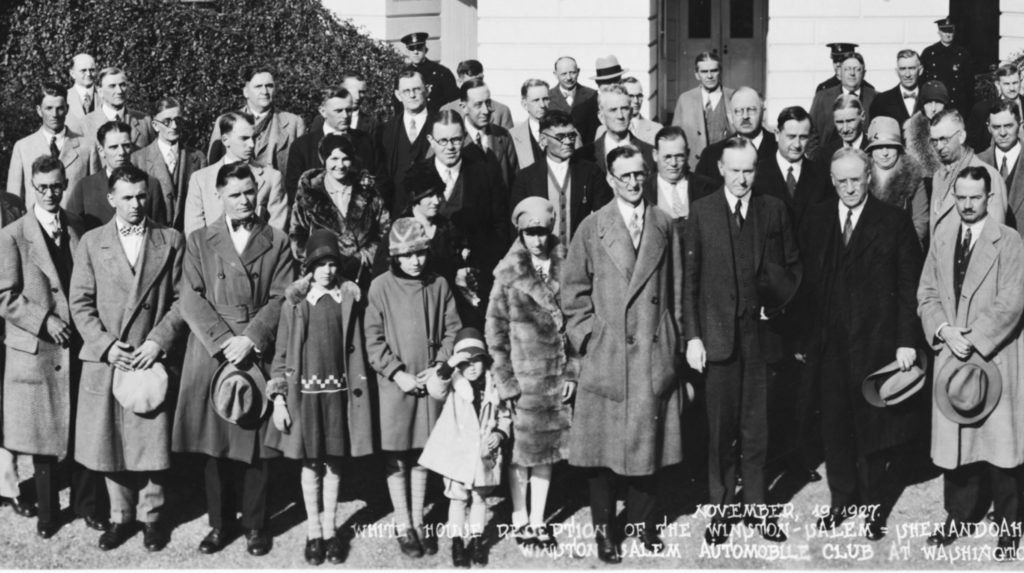
This is the third section, at the far right:
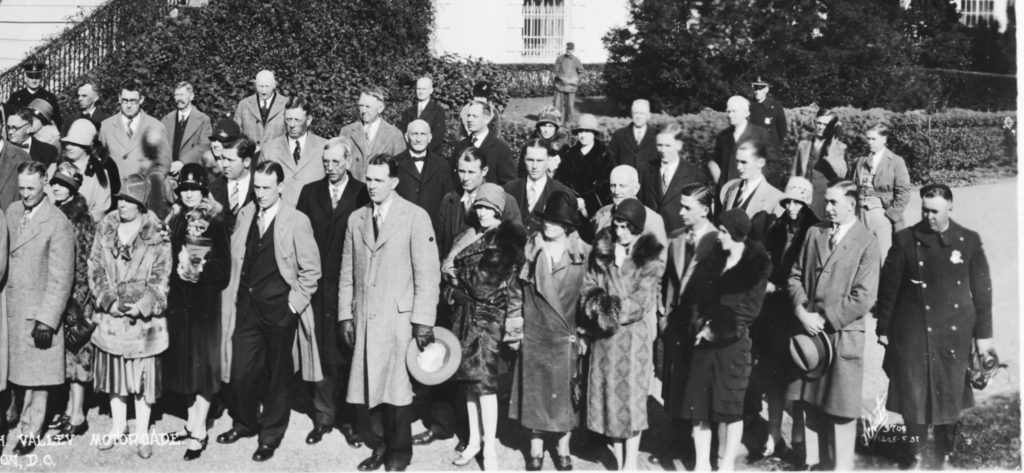
The motorcycle officer, Kenneth E. Cooke, is at the far right.
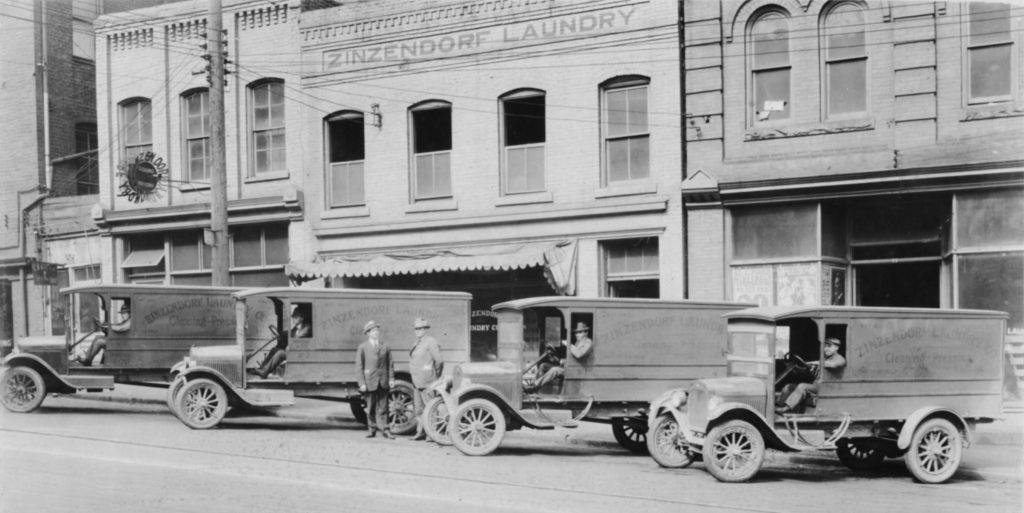
The photograph shown above is the Zinzendorf Laundry office, located at 7-9 East Third Street. Luther C. Bruce Sr. worked as the superintendent of the Zinzendorf Laundry when he made the trip to Washington, D. C. He is standing at the right beside another man among the trucks. The man at the left could be Carl M. Dunklee, secretary-treasurer of the Zinzendorf Laundry. Shortly afterwards, Bruce was the president and manager of Quality Cleaners, which he operated until his death in 1947.
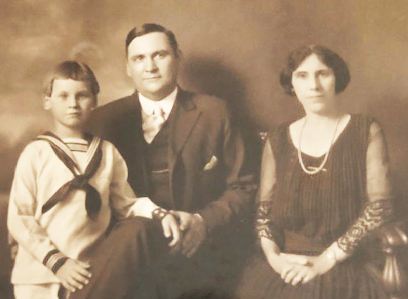
Luther C. Bruce Sr. is shown above with his wife, Bessie Pearl Fulton Bruce, and their son, Luther C. Bruce Jr.
Photographs courtesy of Forsyth County Public Library Photograph Collection. Thanks to Branson Bruce for donating the images to the library so that we have documentation of this event and of his grandfather’s participation.


